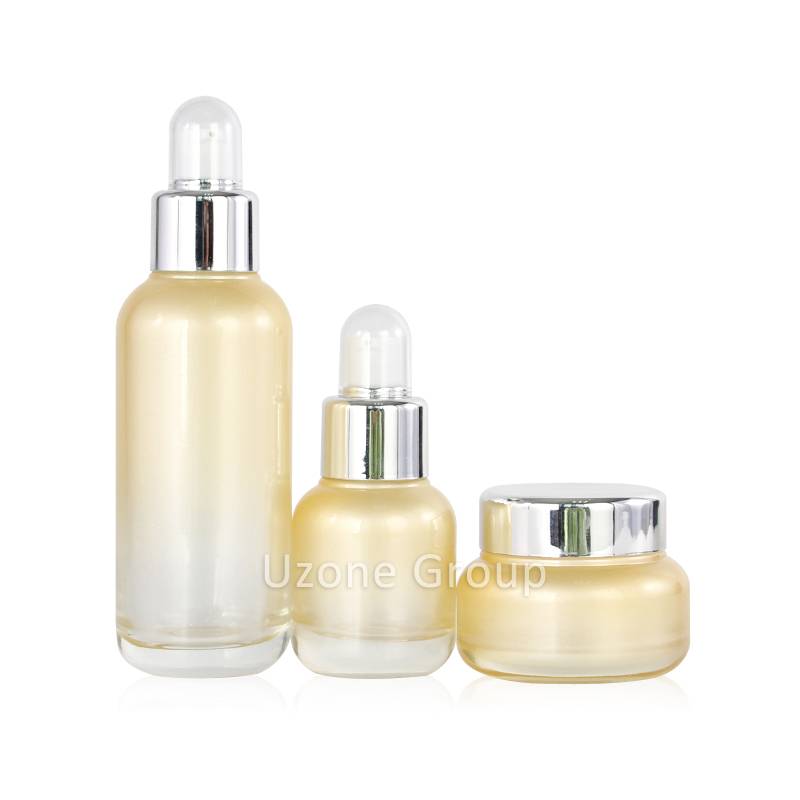Compared to other packaging, glass packaging containers have the following advantages in terms of packaging. First, glass will not change the nature of the packaged food and most chemical substances, will not produce packaging pollution; second, glass containers have outstanding corrosion resistance and acid resistance, suitable for acidic substances packaging; third, glass packaging containers’ outstanding barrier and sealing effect, can therefore be enough; fourth, glass packaging has a high degree of transparency, while plasticity,it can be processed according to different needs into various colors and delicate shapes. Based on the above characteristics and advantages, glass packaging containers have a wide range of applications and outstanding market demand in the packaging and storage of various types of liquor, food condiments, chemical reagents and other daily necessities, and the output value of glass packaging containers is also increasing. The “2017-2021 Glass Containers Occupation Deep Market Research and Investment Strategy Report” released by Xinshijie shows that the overall output value of glass packaging containers in China continues to grow.
Glass packaging containers are a traditional industry in the national economy with a long history. The survival and development of the glass container industry directly affects the daily life of citizens and the development of related supporting industries. The main raw materials for glass containers are quartz sand, soda ash and broken glass, etc. The energy sources are mainly electricity, coal or natural gas, etc. Among them, quartz sand and soda ash are the basic raw materials for chemical reactions to form glass; broken glass is added directly through the kiln after cleaning and formed into glass liquid through physical melting, which is thus reused to make glass packaging containers; depending on the way of providing power, the kiln can be divided into electric kiln, coal kiln and natural gas kiln. Upstream raw materials and energy have a direct impact on the quality and production costs of glass packaging containers. At present, upstream occupations such as quartz sand and soda ash have sufficient supply capacity to meet the normal production needs of the glass container industry.
Glass packaging containers due to chemical stability, resistance to kneading, good barrier sealing and other advantages, in all kinds of various types of liquor, food seasoning, chemical reagents and other daily necessities of packaging storage has a wide range of applications and outstanding market demand. Occupational analysts said that the downstream industry demand for glass container products directly resolved its production and sales conditions, for example, beer consumption has seasonal off-peak season, the wine market consumption demand elasticity is also greater, and thus the demand for alcohol bottles has a certain seasonality; filling food production season is often in seasonal food, the corresponding filling bottle demand will also show a seasonal increase. In addition, the downstream occupational customer demand has rigid characteristics, and thus the glass packaging containers do not have obvious cyclical characteristics.

Post time: May-25-2021